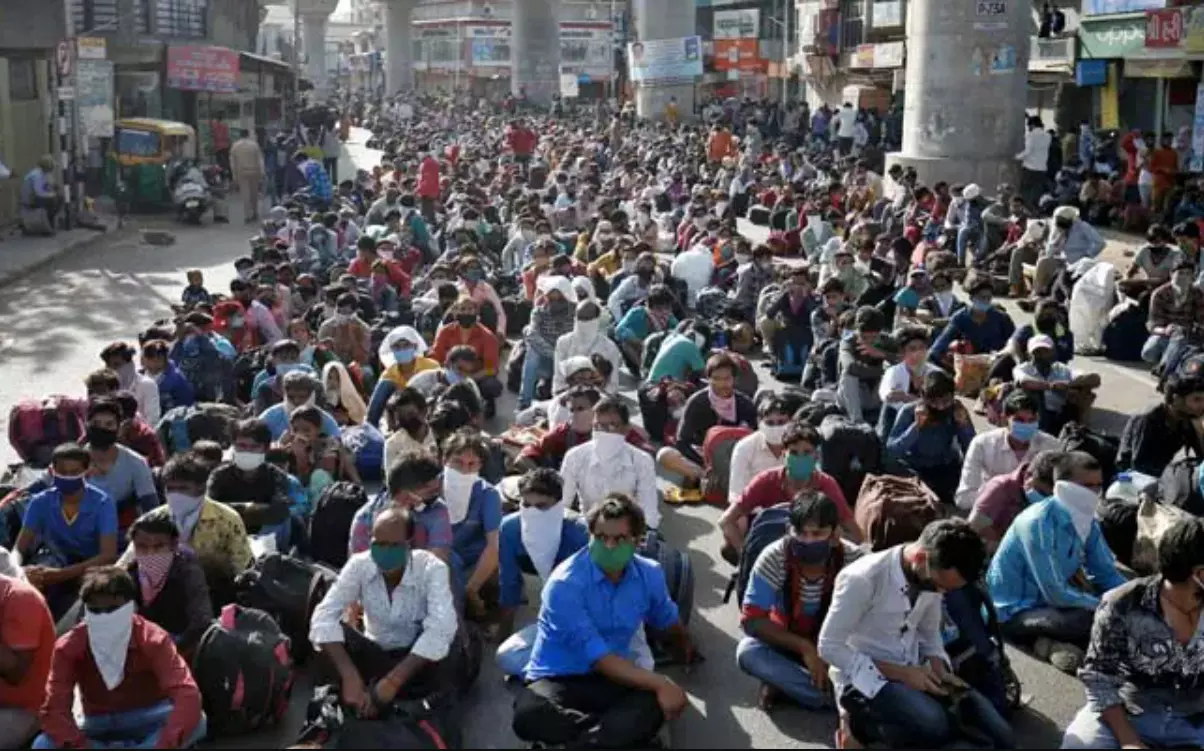Action over optics

The pestering problem of unemployment has not subsided in India for quite a long time now. It has been there, like a dark spot—maligning the misleading and cosy picture painted by the government. The government’s tendency to either overlook or counter—often erroneously—the evident traces of unemployment on the ground indicates a spirit of submissiveness to the tangled problem.
A substantive rate of employment is an essential prerequisite for a stable economy. On one hand, it is vital for boosting consumption and investment—two prominent engines of economic growth. On the other hand, it is no mystery that the wider the base of employment in a nation, the lower will be the level of socio-economic inequality. Sadly, all these attributes—from consumption and investment to the rising level of inequality—are witnessing a downward trend in the Indian economy. The government has initiated measures to deal with all these issues separately. However, enhancing the rate of employment will, in itself, prepare the groundwork for holistically raising the standard of the economy. With the announcement of the Union Budget approaching, the expectations are high that labour-intensive sectors of the economy will receive a major boost. Notably, both the manufacturing and services sectors absorb less share of labour when compared to their share in GDP.
For the time being, the employment scenario in India is not very encouraging. The Centre for Monitoring Indian Economy (CMIE) estimated that India’s unemployment rate rose to 8 per cent in 2023-24 from 7.5 per cent and 7.7 per cent in the preceding two financial years. Furthermore, CMIE’s Consumer Pyramids Household Survey revealed that the Unemployment rate in India rose to 9.2 per cent in June 2024—with the urban employment rate climbing to 8.9 per cent. Meanwhile, the labour force participation rate (LFPR) marginally rose to 41.4 per cent. The LFPR has been more or less stagnant over the years—indicating non-expansion of the labour base. For the sake of comparison, India’s unemployment rate, as per CMIE data itself, had remained between 5 and 6 per cent between 2008 and 2019.
The base of India’s formal sector is already quite narrow. The share of the formal sector in non-agriculture jobs is still only 25 per cent. Overall, the unorganised sector is learnt to dominate over 90 per cent of the job market. Often hailed as the backbone of the Indian economy, the informal sector, too, is facing a significant crisis now. A recent government survey revealed that between 2015 and 2023, the sector lost at least 1.6 million jobs. This is the first time employment figures for the unincorporated sector have been released since 2017. The report draws attention to the economic impact of the pandemic and policy decisions, such as the 2016 demonetisation and the 2020 Covid lockdown.
However, contrary to these dismal findings, the Indian Prime Minister has recently claimed to have created over 80 million jobs in the last three to four years—in line with his 2014 promise of generating 20 million jobs each year. The Reserve Bank of India, too, has estimated that the employment rate rose from 3.2 per cent in 2022-23 to 6 per cent in 2023-24, indicating an increase of more than 46.7 million jobs. Experts argue that job figures floated by the RBI and the government may be flawed as they incorporate “self-employed” and disguised labourers from the farm sector. Such disparities in different sets of data present hurdles in directed policy formations. A comprehensive strategy for decreasing unemployment has to be premised on data that reflects ground realities, rather than painting a rosy/disparaging picture of unemployment. Action should take over optics!



